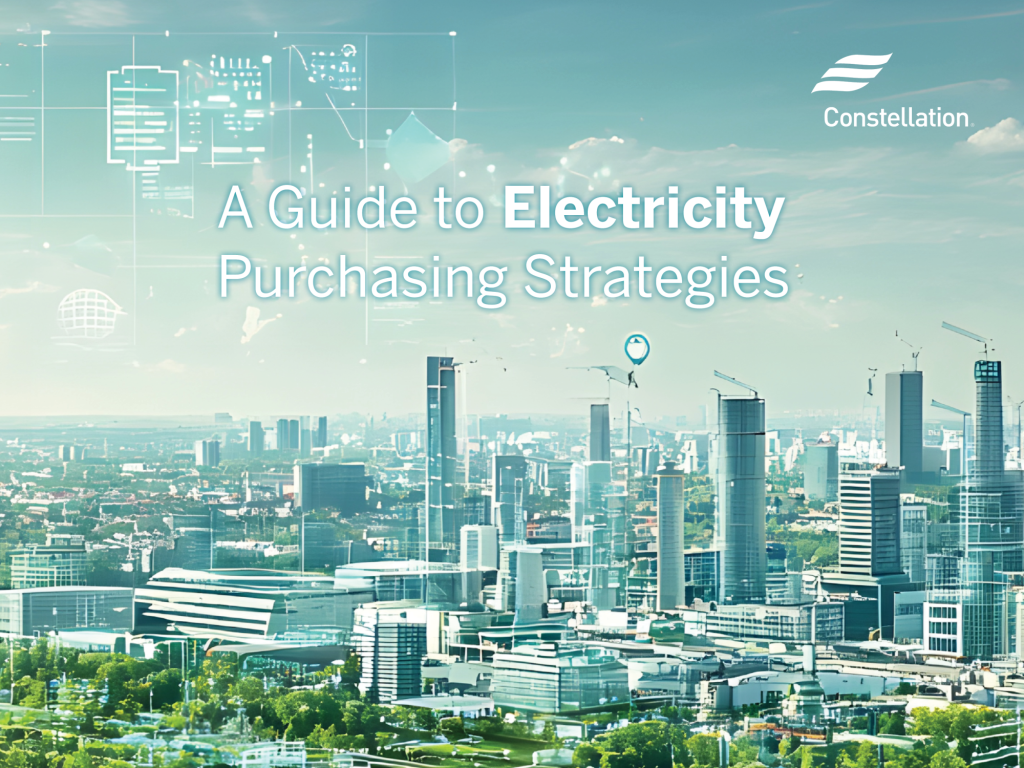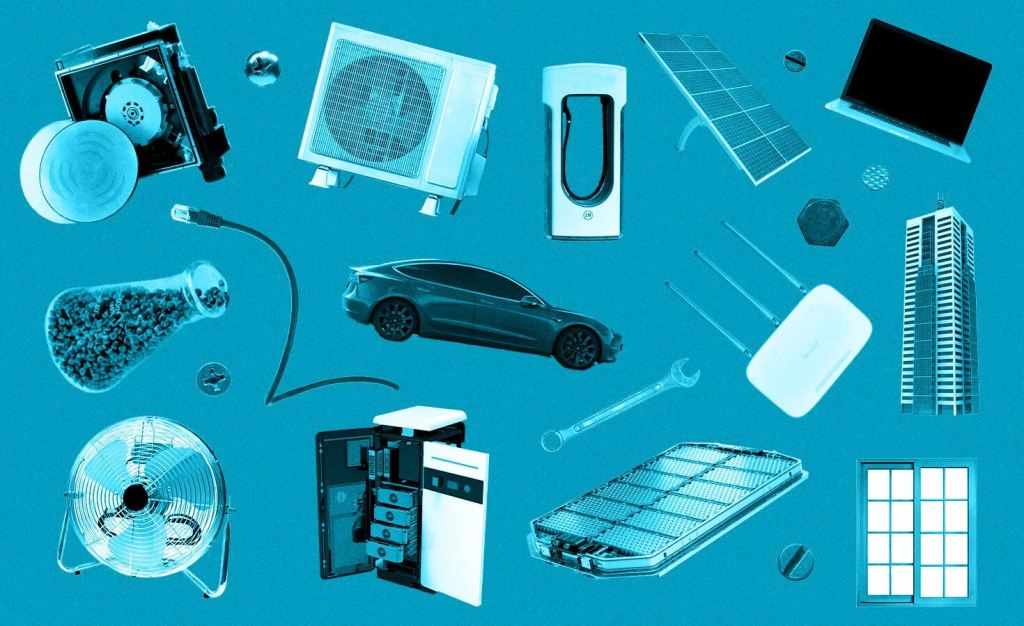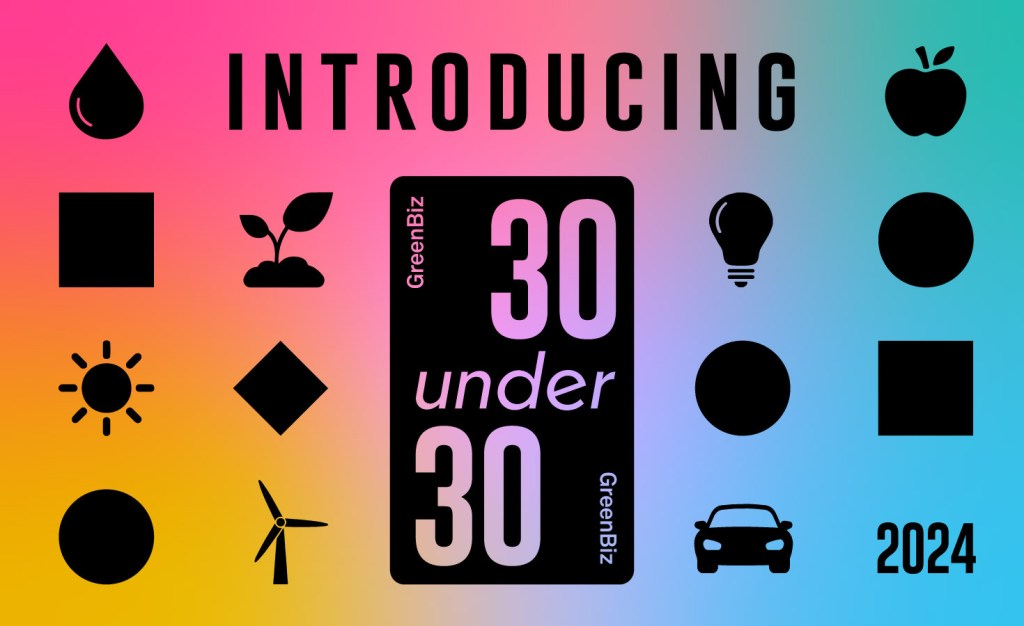How the Paris Agreement sparked green-building progress
Exciting innovations are emerging, including a rise in LED lighting and renewables from the likes of Kellogg and Google. Read More

You can’t talk about fighting climate change without talking about commercial properties and energy use. COP21 took place two months ago, but the conversations that started there are once again making waves, from the now-stalled Clean Power Plan to the recent announcement that French Foreign Minister Laurent Fabius is stepping down as head of the climate forum.
Policy headlines aside, another hot topic from Paris still gaining momentum is energy efficiency in buildings, a conversation that picked up steam with the first-ever Buildings Day at the U.N. climate talks. It was a landmark event, illustrating that leading companies and governments recognize that buildings represent a major opportunity to reduce greenhouse gas (GHG) emissions.
With so much focus on how power is produced, it bears repeating that how energy is consumed is part of the solution to the problem of greenhouse gases. Building-related emissions account for about one-third of global GHG emissions and could double by 2050, making building efficiency a critical part of the COP21 agenda.
Commercial buildings alone (discounting residences) currently generate 16 percent or more of U.S. greenhouse gas emissions. A COP21 panel on energy efficiency underscored the fact that energy-efficient building operation remains a key area of opportunity for reducing carbon emissions, even as many commercial building owners, investors, managers and corporate occupiers have already reduced energy usage in their properties.
Look who’s talking about building energy use
At COP21, CEO John Bryant from Kellogg talked about the value of converting to LED lighting — a topic that remains on the front burner of building energy discussion today. According to estimates by the United National Environment Programme, an immediate upgrade to LED lighting could halve global power consumption for overnight lighting, and reduce carbon dioxide emissions by 735 million tons.
Despite the relatively high upfront cost, LED investments can generate significant return with three years on energy savings alone, not including the market value appreciation that energy-efficient commercial properties tend to gain.
Carbon pricing, also on the COP21 agenda, is garnering increasing support from the business community, which is not surprising since many economists view the concept of a carbon tax, carbon allowance or cap-and-trade mechanism as the single most effective way for companies and countries to reduce their carbon emissions.
With key provisions of the COP21 agreement suggesting that countries could voluntarily offset their own carbon emissions by buying credits from other countries, carbon trading mechanisms are becoming more important even for companies that are not major manufacturers, because office and retail building emissions also contribute to the carbon emission figure. Now companies need to assess how best to respond as carbon-related regulations and voluntary emissions guidelines emerge in countries around the world.
Reduce energy use, reduce overall energy costs
Also on the property front, many building owners have gained significant financial advantage by investing in, for example, energy-efficiency retrofits and smart building technologies that help buildings use energy efficiently.
Tapping into renewable energy is another area of opportunity. The availability of renewable energy is increasingly becoming a factor in corporate site selection decisions, particularly for firms with large, energy-consuming data centers. For example, Google, which operates 14 data centers, has announced plans to use 100 percent renewable energy across all its facilities — a remarkable commitment.
Other companies have been using alternative energy “matchmaker” services to connect renewable energy providers with multiple sites in their corporate real estate portfolios. The COP21 agreement is already beginning to spur new financial and technology solutions toward renewable energy adoption among commercial building owners, investors, occupiers and managers.
The fact that building efficiency was part of the COP21 agenda is significant for the diverse group of stakeholders involved with the built environment. As countries and companies have already begun to respond to the provisions of the agreement, we can all look forward to exciting innovations in creating sustainable buildings and communities.












